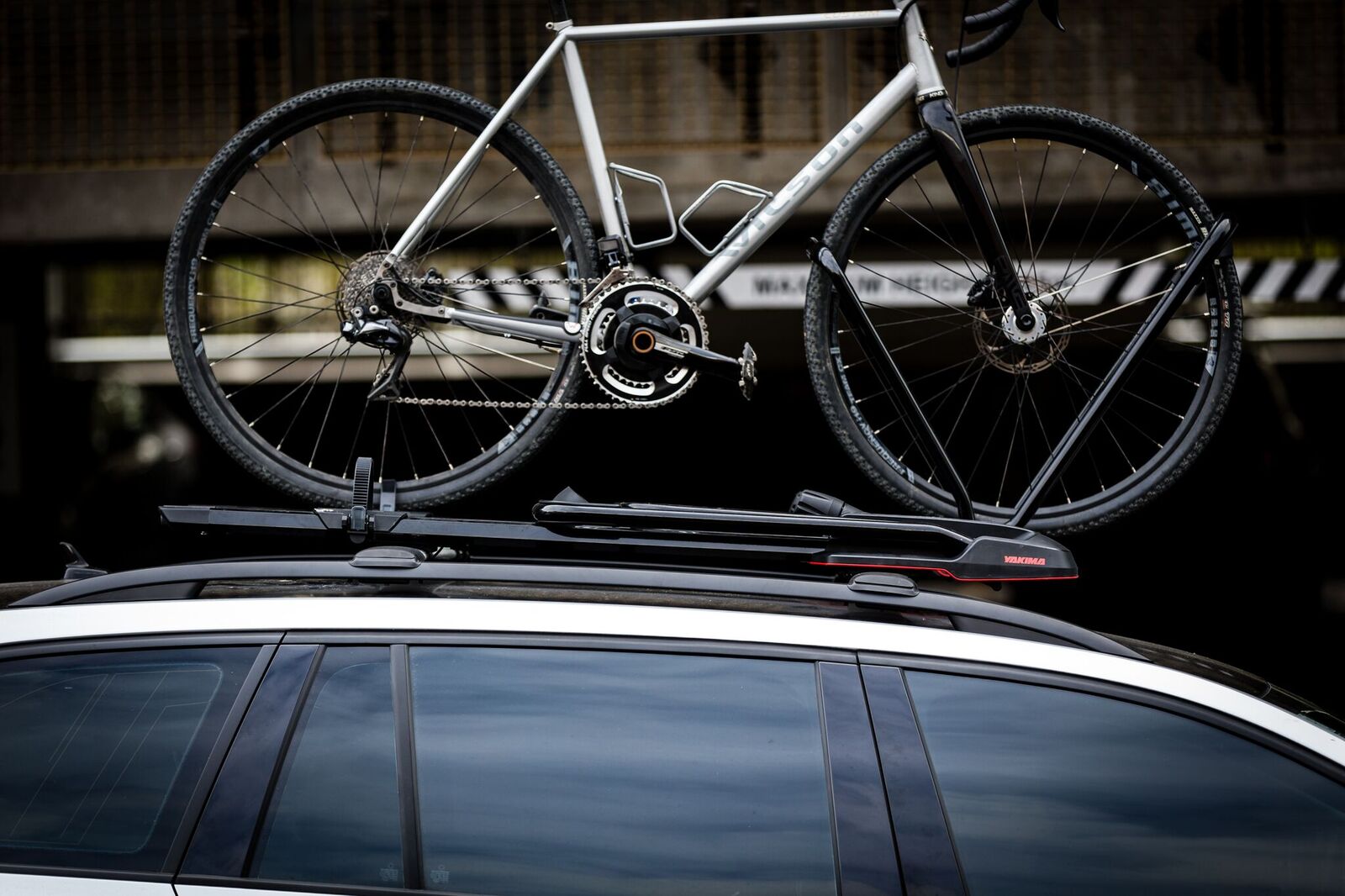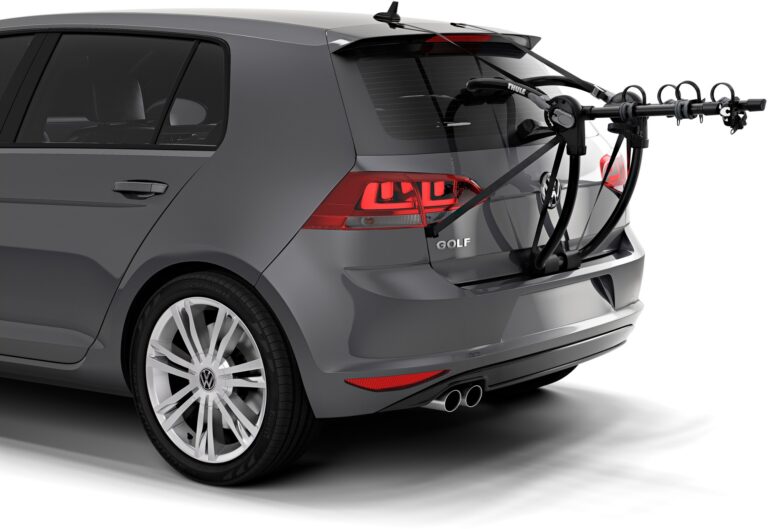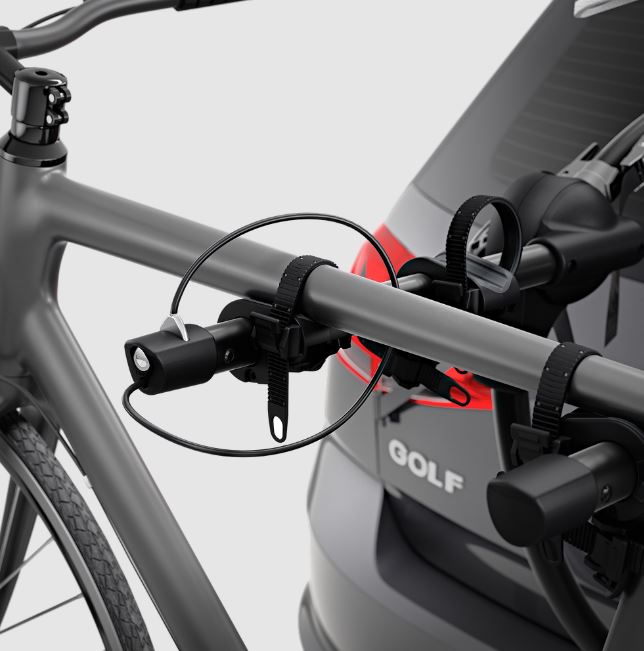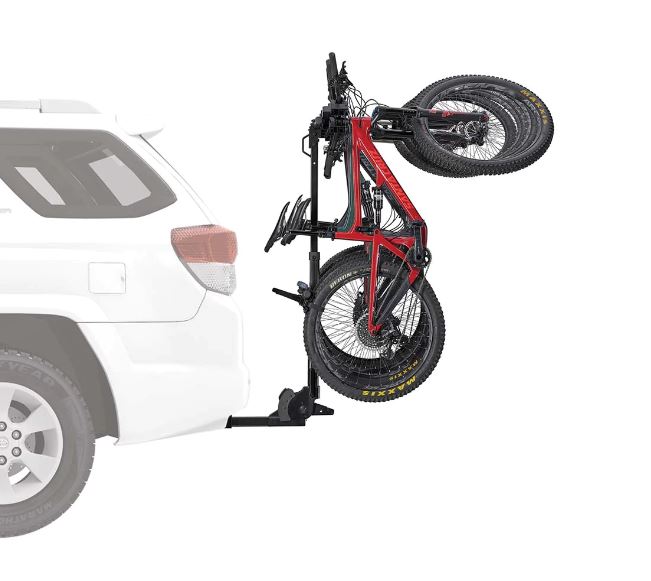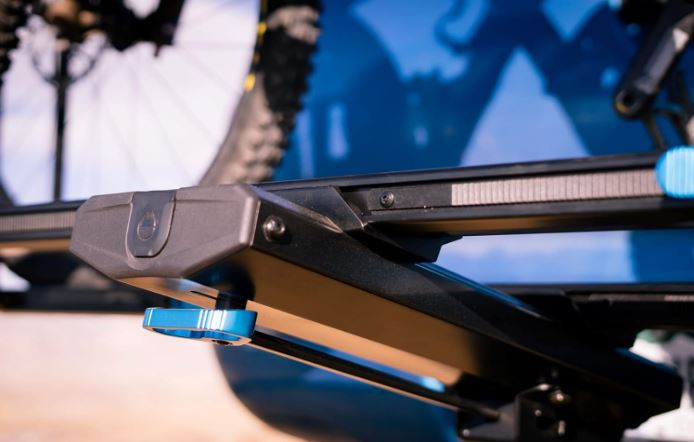The Best Bike Racks for Electric Bikes: Navigating Your eRide
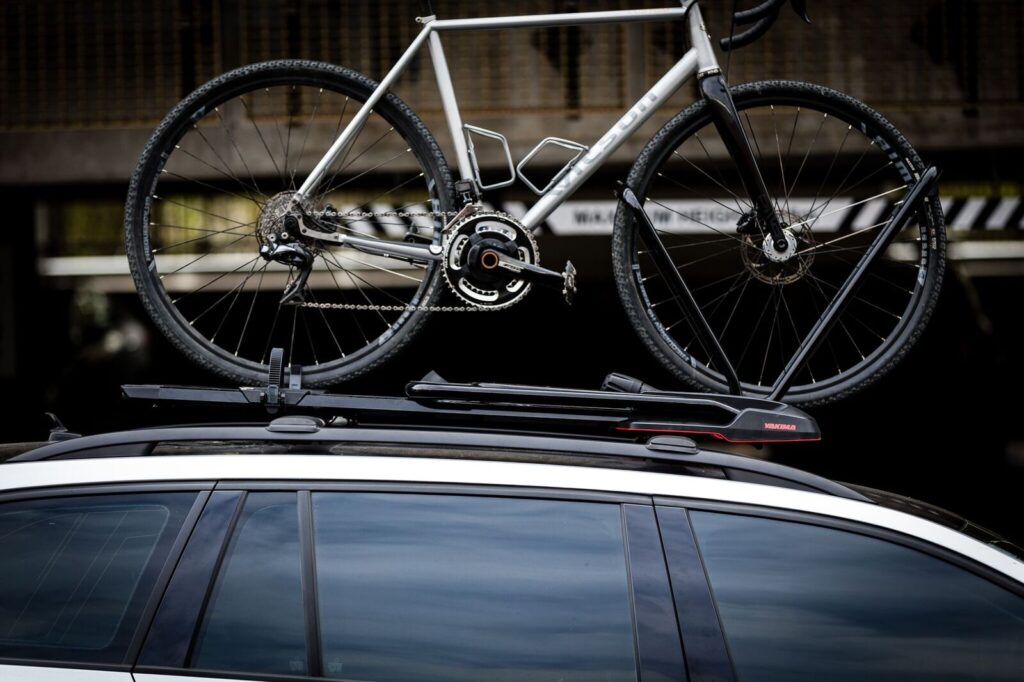
Key Point Summary of The Best Bike Racks for Electric Bikes:
- E-Bike Compatibility: Ensuring the bike rack can securely accommodate the size and frame of an electric bike.
- Weight Considerations: Choosing a rack that can support the additional weight of an electric bike, often exceeding 50 pounds.
- Types of Racks: Evaluating the benefits of hitch-mounted, roof-mounted, and trunk-mounted racks for electric bikes.
- Additional Features: Looking for racks with features like integrated locks, tilt mechanisms, and ramp options for easier loading.
As the popularity of electric bikes continues to surge, finding the right bike rack to accommodate these heavier, often bulkier, bicycles becomes an essential task for e-bike owners. Having journeyed through various cycling disciplines, from the steep inclines faced by mountain bikes to the endurance tests of gravel biking and the strategic maneuvering in cyclocross, the transition to using electric bikes introduces a new set of considerations, particularly when it comes to transportation and storage. Here’s a comprehensive guide to selecting the best bike racks for electric bikes, considering e-bike compatibility and weight considerations.
E-Bike Compatibility
The first step in choosing a bike rack for an electric bike is to ensure e-bike compatibility. Electric bikes often come with frames that are bulkier than their non-electric counterparts, necessitating a rack that can accommodate various frame sizes and shapes without risking damage. Moreover, considering the battery and motor placement is crucial to prevent any potential obstructions when mounting the bike.
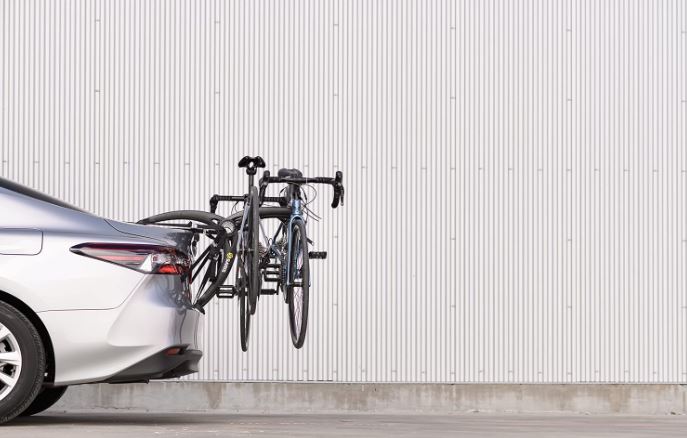
Weight Considerations
Electric bikes are significantly heavier than traditional bicycles, with many models weighing in excess of 50 pounds. This additional weight requires a bike rack that is not only sturdy but also designed to handle the load safely. It’s essential to check the maximum weight capacity of the bike rack to ensure it can support your e-bike, especially if you plan to transport multiple bikes simultaneously.
Types of Racks
When it comes to transporting electric bikes, there are three main types of bike racks to consider: hitch-mounted, roof-mounted, and trunk-mounted. Each type has its advantages and considerations:
- Hitch-Mounted Racks: Ideal for electric bikes due to their higher weight capacity and ease of loading. Many models come with ramps for easy bike loading and can carry multiple e-bikes without straining the vehicle’s structure.
- Roof-Mounted Racks: While offering the advantage of freeing up space around the vehicle, roof-mounted racks require lifting the bike onto the vehicle’s roof, which can be challenging given the weight of electric bikes.
- Trunk-Mounted Racks: Generally the least suitable for electric bikes due to their lower weight capacity and the potential for obstructing vehicle features like taillights and license plates.

Additional Features
Modern bike racks come with a variety of features designed to enhance convenience and security. Integrated locks offer peace of mind by securing your electric bike to the rack and the rack to your vehicle. Tilt mechanisms allow for easy access to the vehicle’s trunk or hatch without needing to remove the bikes. Additionally, some hitch-mounted racks include built-in ramps, making the loading and unloading process smoother for heavy electric bikes.
The Best Bike Racks for Electric Bikes: Final Thoughts
Choosing the right bike rack for your electric bike involves careful consideration of compatibility, weight capacity, and the specific features that will make your life easier. Hitch-mounted racks often emerge as the best option for e-bike owners due to their robust construction, ease of use, and features tailored to accommodate the unique needs of electric bicycles. With the right setup, you’ll be ready to explore further and enjoy the ride, knowing your electric companion is safely secured for the journey ahead.
One of the best bike racks for safely mounting electric bikes, considering their weight and specific requirements, is the Thule EasyFold XT 2. This hitch-mounted rack is designed with electric bikes in mind, featuring:

- High Weight Capacity: It can accommodate two electric bikes with a maximum load capacity of 130 pounds, suitable for the heavier weight of e-bikes.
- Fully Foldable: Easy to install, remove, and store, with the capability to fold up when not in use.
- Ramp Included: Comes with a ramp for easy loading and unloading of heavy bikes without the need to lift them.
- Locking System: Equipped with integrated locks to secure the bikes to the rack and the rack to the vehicle, offering peace of mind.
- Tilt Function: Allows for trunk access even when bikes are loaded, enhancing convenience.
The Thule EasyFold XT 2 stands out for its robust design, ease of use, and thoughtful features tailored to electric bike owners, making it an excellent choice for safely transporting e-bikes.
FAQ
What type of bike rack is best for e bikes?
Hitch-mounted bike racks are generally considered the best type for e-bikes due to their higher weight capacity, ease of loading, and features like ramps and tilt mechanisms.
What is the best way to carry an ebike?
The best way to carry an e-bike is using a hitch-mounted bike rack with a high weight capacity and features like a ramp for easy loading, as well as integrated locks for security.
Why are some bike racks not suitable for electric bikes?
Some bike racks are not suitable for electric bikes because they have lower weight capacities, may not accommodate the bike’s frame or wheel size, and lack the stability needed to safely transport the heavier weight of e-bikes.
What is the best way to store an electric bike?
The best way to store an electric bike is in a dry, secure location, away from extreme temperatures. Ideally, it should be stored on a bike rack or stand to avoid pressure on the wheels and components, with the battery charged to about 50-80% if not used for extended periods.
Happy Cycling
John
